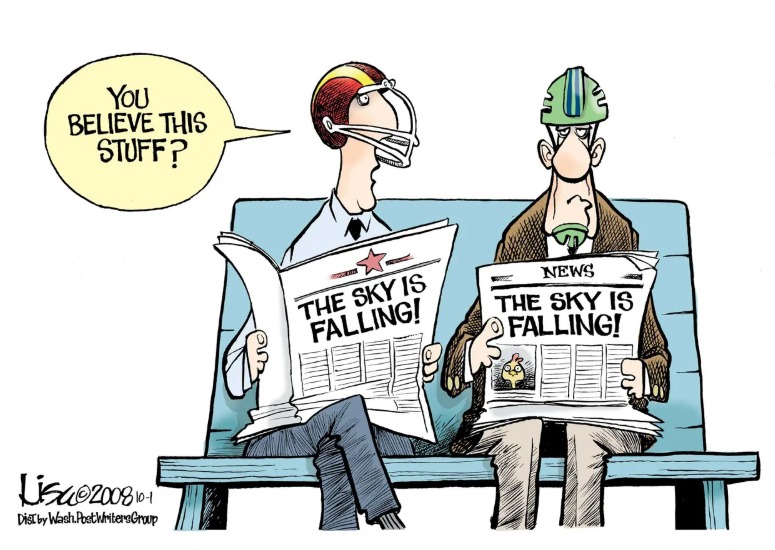- 0243394034
- info@centralcoastseo.com.au
- Google 1st Pages Guaranteed in Writing.
The Devil’s in the Details – 8 Fonts Every Website Should Avoid!

Whether you’re working on a new logo, building a new website, writing a new blog post, or working on a wider branding campaign for your corporate brand as it appears online, there are a few unspoken rules about fonts you should know. Because the devil, as the saying goes, is in the details!
There are thousands of typefaces and fonts available for the eager web designer or graphic designer to use, but many send the wrong message, are overused, or are just so darn cliched that they’ve long ago lost any power they may have had for the reader.
8 such fonts are outlined below!
1 – Comic Sans
Few fonts are as overused or incorrectly used as Comic Sans. Sure, it works well enough for blog posts about comic books and party invitations. But it has no place in the corporate world, and it’s not certainly suitable for company signage, logos, or product announcements.
2 – Helvetica
Debuted in 1957 and beloved by some of the biggest companies in the world like BMW and Apple, this is one of the most visible typefaces in advertising and print. And it is precisely because it is so overused that it has lost any distinction it once had, and thus should be avoided.
3 – Impact
As one of the most popular header fonts available, Impact is nice for grabbing attention, is easy to read, and looks striking. However, it is the font equivalent of SHOUTING, and should be used judiciously.
4 – Papyrus
You’ll find this font everywhere from certain bank logos to movie posters. Unfortunately, it often comes across as cheap, kitschy and childish. So unless you’re doing a Year 8 production of ‘Joseph and the Technicolour Dreamcoat’, avoid this font!
5 – Wingdings & Webdings
These code-style fonts do nothing but serve to confuse your audience. Some tech companies (think: Nerds on steroids!) occasionally use this font as a way of showing how ‘hip’ they are. As you need a cipher to decrypt their message. But honestly…who wants to make their readers work that hard?
6 – Courier and Courier New
Courier is a monospaced slap serif typeface and works well for plain text documents, code, and screenplays. However, it’s proportional lettering combined with a typewriter aesthetic makes it look odd on websites and digital documents. However, if you’re writing a screenplay…then this font is your go to, and using any other font shows you up to be a ‘newbie’ in Hollywood!
7 – Handwritten Fonts
Handwritten fonts like Bradley Hand are a ‘relaxed, informal script face’ and are meant to give the ‘handwritten letter’ vibe. However, everyone that reads them knows they’re not handwritten. And as such they often come across as cheap, inauthentic and a bit try-hard. They’re more suited for wedding invitations and personal greetings than for your business.
8 – Franklin Gothic
Franklin Gothic is often used by people who want to add a classic, newspaper-type look to their websites. But as with several fonts mentioned above, it’s a font that is often overused. You can use it for minor design elements like headlines, if the aesthetic works with your design, but this is where it should stop.
Personal Tastes in Fonts May Vary!
These eight fonts are ones to avoid at all costs in order to ensure you create a timeless website or piece of digital marketing that better reflects your brand’s message and look. But as always, call a professional web designer to discuss the font issue, as the right font can make your website really stand out. While the wrong font can make your web design look extremely amateurish!
And if you’re curious as to what other fonts you could potentially use for your web build or your new corporate brochure instead of these mentioned above, why not do yourself a favour and head on over to Google fonts. I’m sure you’ll find hundreds of better fonts to choose from there. And they’re all FREE to download!


















